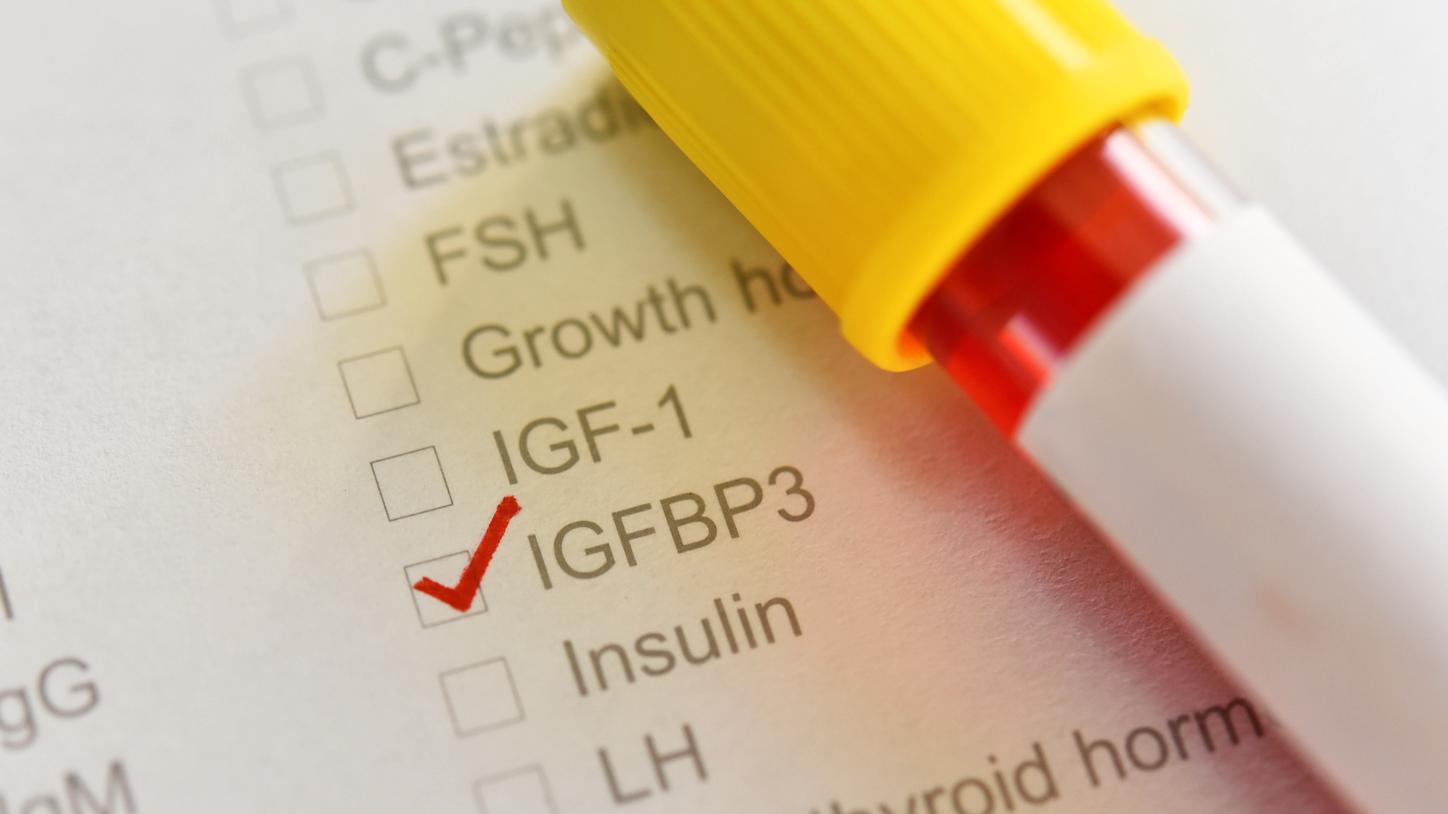Confidently Test for Growth Disorders
Growth hormone, IGF-I, and IGFBP-3 assays for timely and accurate diagnosis of growth disorders
Growth hormone (GH) tests are primarily used to help diagnose growth disorders and evaluate pituitary gland function. Binding protein levels (Insulin-like growth factor 1 (IGF-I) and Insulin-like growth factor binding protein 3 (IGFBP-3)) blood tests show whether the growth problem is caused by the pituitary gland.1
Slow or excessive growth can be early indicators of an underlying medical disorder. Early detection of abnormal growth, and identification of the underlying cause(s), is critical for appropriate treatment.
Did this information help you?
Siemens Instructions for Use
http://www.ncbi.nlm.nih.gov/pubmedhealth/OMH0002159/
Kuhnel, W. Growth Diagnostics: Clinical Relevance of GH, IGF-I and IGFBP-3. Los Angeles (CA), Diagnostics ProductsCorporation (now Siemens Healthcare Diagnostics), Technical Report ZB223-B, 2004.
Ferry, RJ. Giantism and Acromegaly. eMedicine Specialties (Internet): 2010 July.http://emedicine.medscape.com/article/925446-overview
Manfred Schwab. Encyclopedia of cancer (Book). 2011.
https://www.testing.com/tests/insulin-growth-factor-1-igf-1/
*Under development. Not commercially available. Future availability cannot be guaranteed.
The products/features (here mentioned) are not commercially available in all countries. Due to regulatory reasons their future availability cannot be guaranteed. Please contact your local Siemens Healthineers organization for further details.




